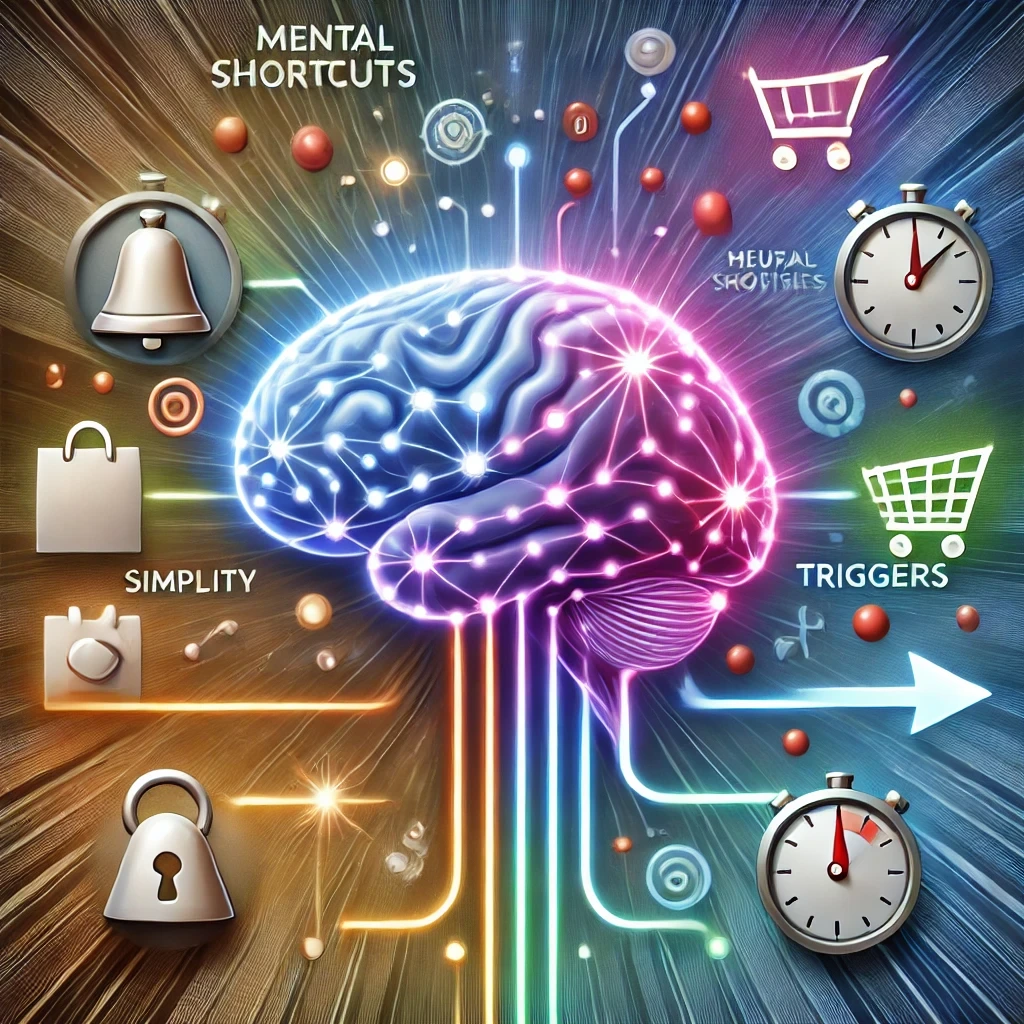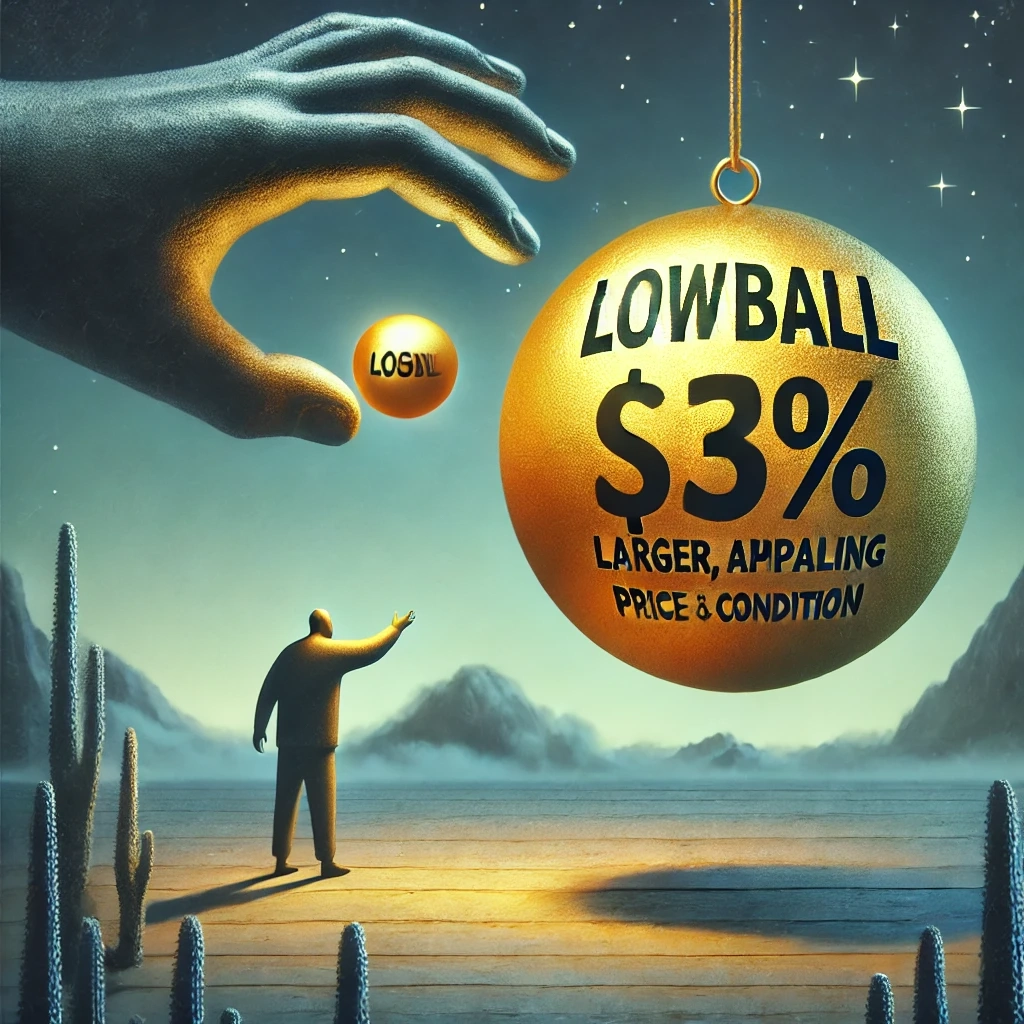Understanding the Hidden Forces Behind Human Decision-Making
We live in a fast-paced world where there are countless choices available. From trivial decisions like what to eat for breakfast to life-changing ones such as choosing a career path, every moment requires us to decide. Yet, decision-making is rarely straightforward. The human brain cannot possibly analyze every option meticulously without getting overwhelmed. To cope, we often rely on mental shortcuts—rapid, intuitive processes that help us make decisions quickly. These shortcuts save time and mental energy, but they also leave us vulnerable to external influences, particularly from those who know how to exploit them.
This article delves into the psychological triggers and tactics—commonly known as “weapons of influence”—that marketers, salespeople, and even politicians use to sway our decisions. These methods take advantage of our cognitive shortcuts, often steering us toward choices we might not otherwise make. While these techniques can sometimes guide us toward positive outcomes, they are frequently employed to manipulate, leading to decisions that may not always align with our best interests.
Mental Shortcuts and the Power of Triggers
Mental shortcuts are ingrained habits or automatic responses shaped by past experiences and survival instincts. They are especially prevalent when time is short or effort is limited. For instance, as Harvard psychologist Ellen Langer demonstrated, simply adding the word “because” to a request increases the likelihood of compliance, even if the reason provided is weak. The word acts as a trigger, bypassing deeper analysis. Similarly, stereotypes function as shortcuts, allowing us to form judgments quickly but often leading to oversimplifications.
Marketers and influencers frequently leverage these mental shortcuts to guide behavior. While they save us effort, their misuse can manipulate our decisions for profit rather than benefit.

The Weapons of Influence

1. The Contrast Principle
The contrast principle exploits the human tendency to compare things sequentially rather than objectively. For example, a salesperson might first show an overpriced item to make the next option seem like a bargain. This framing tactic alters our perception of value.
A simple demonstration of this principle involves temperature: placing one hand in cold water and the other in warm water, then moving both to room-temperature water. Each hand perceives the same water differently. Similarly, in retail, showing an expensive product first makes subsequent options feel more affordable. This principle is commonly used in car dealerships and luxury stores to influence customer perception and spending.
2. The Rule of Reciprocation
Humans are wired to return favors. If someone gives us something, even a small gift, we feel compelled to give back. Salespeople use this by offering free samples or concessions, which subtly nudge us toward a purchase.
A “request-then-retreat” strategy is another way of implementing this tactic, which involves a large initial request followed by a smaller one—the actual target. The perceived concession makes us more likely to comply with the smaller request.

3. Commitment and Consistency
Once we make a decision or take a stance, we strive to behave consistently with that choice. This internal pressure leads to justifications that reinforce the original decision, even when it might no longer be in our best interest.
For example, P&G’s contest inviting customers to write testimonials created a subtle yet powerful form of commitment. Participants, having publicly endorsed the product, unconsciously aligned their future purchasing behavior with their initial statements, driven by the need for consistency.
4. The Lowball Tactic
This technique is a subset of commitment and consistency. After a customer commits to a decision based on an appealing reason, they unconsciously generate additional justifications. If the initial incentive is removed, they often proceed with the decision anyway.
For instance, a car dealer might offer a steep discount to secure a customer’s interest. Once the buyer mentally commits, removing the discount has little impact because the buyer has already rationalized the purchase in multiple ways.


5. The Scarcity Effect
It is common for people to place a high value on things that are scarce. Our fear of missing out causes us to act quickly when there is limited availability. Psychologists Daniel Kahneman and Amos Tversky describe this as “loss aversion”—the idea that potential loss feels more impactful than equivalent gains.
Marketers use phrases like “limited-time offer” or “only a few left” to create urgency. By reducing perceived freedom of choice, scarcity makes the opportunity seem even more valuable.
6. Strategic Product Placement
Where products are placed significantly influences buying decisions. Since the 1930s, companies have mastered the art of subliminal placement to tap into unconscious desires. A notable example is Coca-Cola’s integration into the TV show American Idol. By embedding their logo and theme within the set and judges’ actions, Coca-Cola subtly reinforced brand affinity, leading to significant profit increases.
In contrast, traditional ads, like those run by Ford during the same show, lacked this immersive influence and showed minimal impact. The lesson? Subtle, subconscious engagement outperforms overt advertising.

7. Social Proof and Mirror Neurons
Humans are social creatures who look to others for cues on how to behave. This tendency is amplified by mirror neurons, which cause us to mimic the emotions and actions of others. For example, seeing others enjoy a product makes us more likely to want it.
Advertisers exploit this by highlighting popularity metrics like “fastest-growing brand” or “best-selling product.” These signals create a bandwagon effect, making consumers feel that buying the product is the correct choice.
8. Subliminal Messaging
Subliminal messages subtly influence behavior without conscious awareness. For example, happy faces in ads can create positive associations with a product, while patriotic themes or specific origins (e.g., “Made in Italy”) evoke favorable emotions.
Tobacco companies have excelled at subliminal advertising by embedding subtle cues into broader themes, bypassing conscious resistance. While some forms of subliminal messaging are debated for effectiveness, others have proven highly influential and are often deemed unethical.


9. Somatic Markers
Somatic markers, introduced by neuroscientist Antonio Damasio, are emotional associations tied to past experiences. These markers guide our decisions without conscious awareness. For instance, the Michelin Man evokes safety and reliability, reinforcing trust in Michelin tires. Brands that repeatedly associate themselves with positive experiences strengthen these markers, influencing buying habits.
Ethics and the Role of Nudging
While these weapons of influence have evolved as shortcuts to aid decision-making, they can easily be misused to manipulate. Recognizing their power, scholars like Richard Thaler and Cass Sunstein introduced the concept of “libertarian paternalism” in their book Nudge. This approach advocates for designing choices in ways that guide people toward beneficial outcomes while preserving their freedom to choose.
For example, arranging healthy foods at eye level in a cafeteria encourages healthier eating without restricting options. However, when used unethically, these tactics become “sludge,” exploiting vulnerabilities rather than empowering individuals.
The human mind is a complex web of shortcuts, emotions, and unconscious triggers. While these mechanisms evolved to help us navigate life efficiently, they can also be weaponized by those seeking to influence our decisions. By understanding these tactics, we can make more informed choices and recognize when someone is attempting to manipulate us. Ultimately, awareness is the first step toward reclaiming our autonomy in a world teeming with subtle influences. Business consultants, especially business consultants in Kerala often use these weapon of influence ethically.
Reference
- Robert B. Cialdini– Influence, the psychology of persuasion
- Martin Linstorm– Buy.ology
- Richard Thaler, Cass Sunstein– Nudge
- Daniel Kahneman– Thinking fast and Slow
